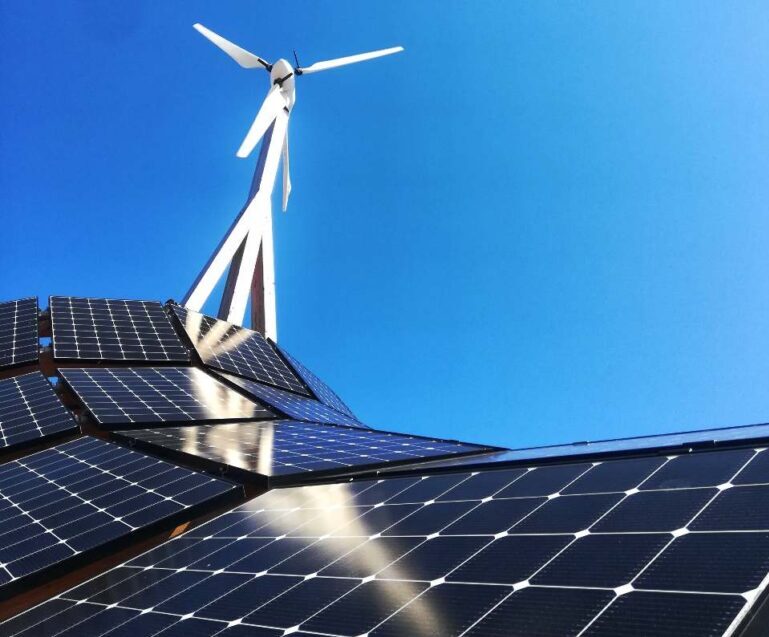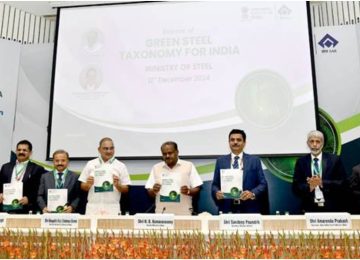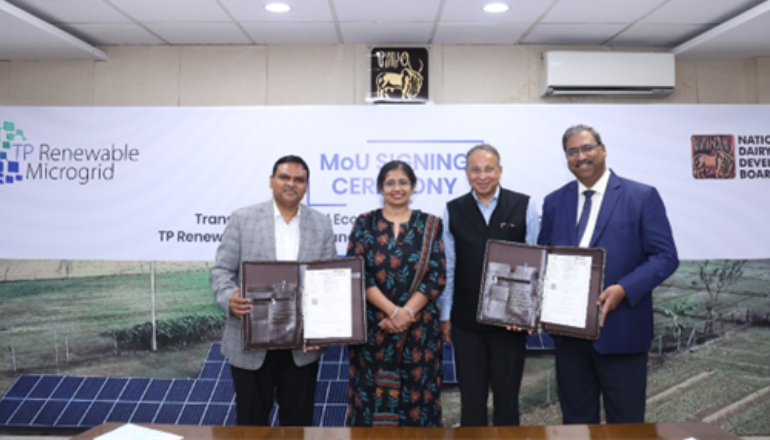By March 2025, the major cement companies in India will use between 40 and 42 percent of green energy. This is a significant increase from the approximately 35 percent as of March 2023.
According to the credit rating agency ICRA, the Indian cement industry is transitioning towards green power. The industry is reducing its reliance on high-cost thermal power and the grid. This will result in 15-18% cost savings, and 140 to 160 basis points enhanced operating margins. The move will also contribute to environmental sustainability and set a broader industry trend.
Ms. Anupama Reddy, Vice President and Co-Group Head, ICRA, said, “Capital investment for green power expansion totaling 537 MW (comprising solar and WHRS), is expected to reach Rs. 5,500 crore.”
ICRA noted that the largest players in the sector have set out on an ambitious journey to cut emissions by 15–17% over the next 8–10 years. Increasing the use of blended cement, which contains less clinker and consequently uses less fuel, will help achieve this reduction. Additionally, the sector is increasing its use of renewable energy sources like solar, wind, and waste heat recovery systems (WHRS). The industry is also switching to alternative fuels.
Historically, coal-based captive thermal power plants and the state grid have provided electricity for the manufacture of cement. During the clinkerization process, which is a part of cement production, a significant amount of coal is used, producing greenhouse gas emissions that have a negative impact on the environment, ICRA said.
The credit agency predicts that over the medium term, the proportion of blended cement in the product portfolios of the major cement companies will increase from 77–79% in FY2023 to 80–82%. Companies are also concentrating on increasing the amount of Portland Slag Cement (PSC) because it has a lower clinker factor from using more slag, which results in fewer emissions.











